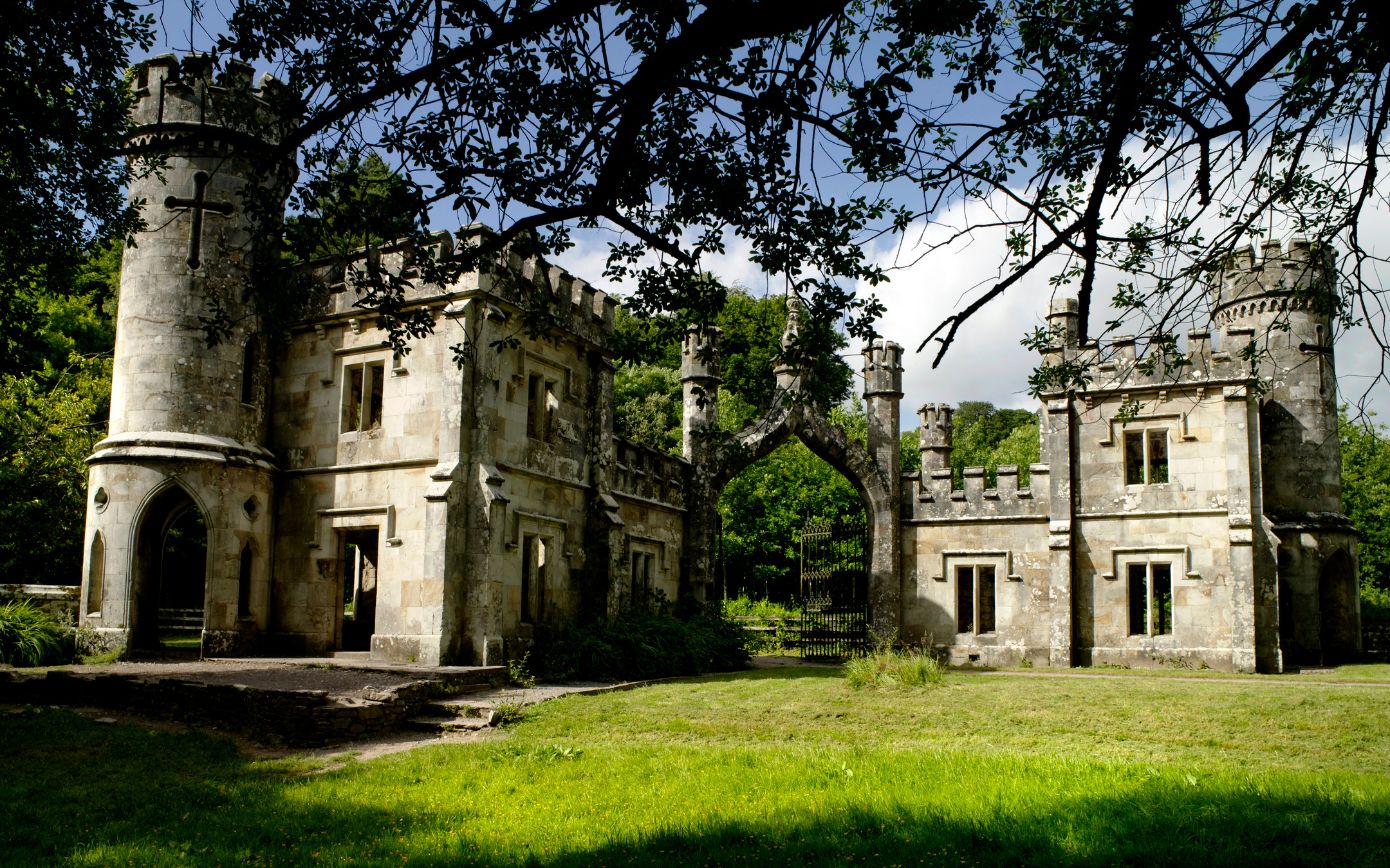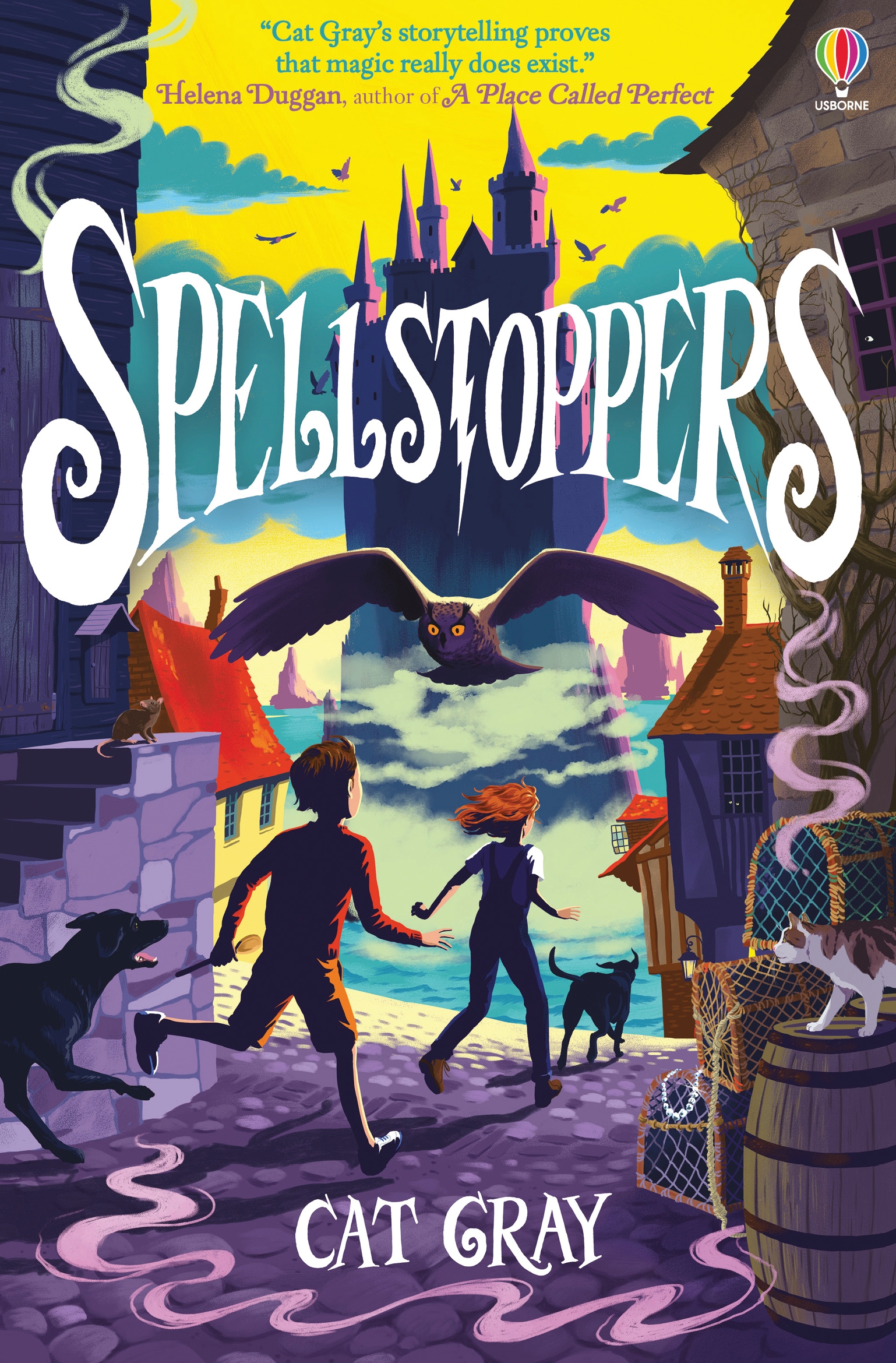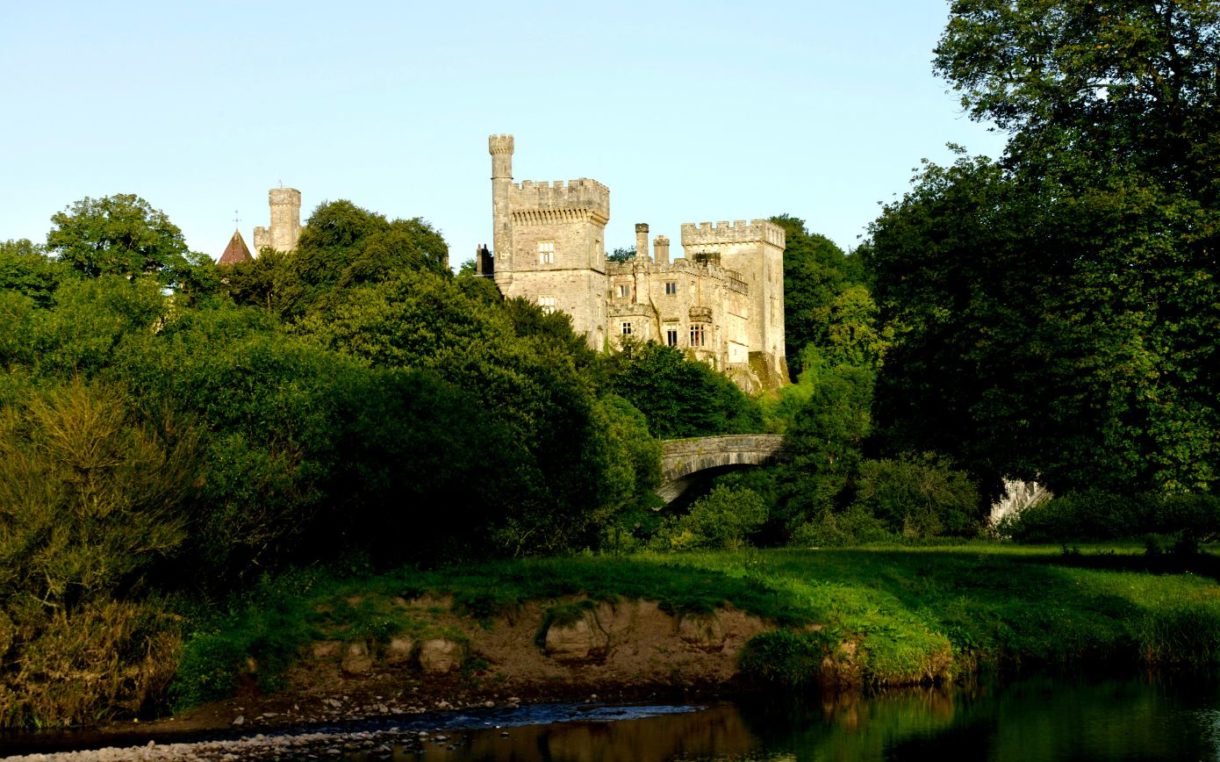Author Cat Gray is enchanted by atmospheric gothic castles and how a building can take on a life of its own, binding the inhabitants to it …
Some places end up affecting your whole life, in ways that you could never imagine. When I first arrived in Lismore and moved into an old house a short distance upstream of its famous castle, I had no idea that the impossibly romantic and gothic setting would end up inspiring my debut novel.
I was lucky enough to be there throughout the pandemic, and when my publishers asked me to write a children’s novel that would work as a summer release, I plotted out a story that was set in a strange seaside village, filled with mystery and enchantments. Given that I was living directly between two fairy-tale castles – Lismore Castle and the incredibly atmospheric Ballysaggartmore Towers – it was inevitable that a castle would feature heavily in the story, and the one in Spellstoppers looms over the entire landscape, a crumbling, magical monolith that’s surrounded by waves and watched over by owls.

Some of my favourite novels belong to the fantasy genre, as I love the depth and degree of the world-building. They don’t just allow to you explore a different place or a different country, but a different universe entirely. Like so many people, I first discovered CS Lewis’s Chronicles of Narnia when I was a child – we read The Lion, the Witch and the Wardrobe aloud in class, and gradually I managed to get my hands on the other six books in the series. Reading them out of sequence didn’t seem to matter as each of them was a self-contained story in its own right – if anything, it added to the sense of enjoyment, the satisfaction of putting together a jigsaw puzzle, piece by piece. The Narnia books are perfect for armchair travellers – you get a birds-eye view of a world from beginning to end. The Christian references were utterly lost on me as a child – I was more interested in the continual unfurling of this remarkable place, with its hundred-year winters, living lampposts, and the lands beyond Narnia, from the Calormen deserts that form the backdrop of The Horse and His Boy to the rolling seas and remote islands that appear in The Voyage of the Dawn Treader. It’s hard to believe just how short the books are – The Lion, the Witch and the Wardrobe clocks in at under 40,000 words, less than half the length of the average adult fiction title – yet the depth and richness of the world-building is extraordinary.
Mervyn Peake’s The Gormenghast Trilogy is intended for adults, not children, but it has a similar feeling of stepping into an entirely different dimension. It’s a wonderfully gothic story, with an atmosphere that stays with you long after you’ve finished reading the books. At its centre is the enormous Gormenghast Castle, lived in by an assortment of peculiar characters, all equally unhinged in their own particular way. I thought about that castle a lot as I was writing Spellstoppers, and of how a building can almost take on a life of its own, binding the inhabitants to it.

It might seem a bit odd to admit that I get very similar feelings from Gormenghast as I do from the novels of Molly Keane, but it’s true. I first studied Molly Keane while I was an undergraduate at Trinity College Dublin, but I’d been in Lismore for several months before I realised that she had once lived in Cappoquin House, just down the road, and ended her days in nearby Dungarvan. Her later novels – Good Behaviour being the most famous example – are best described as black comedies that chart the decline of the Anglo-Irish aristocracy, and while they’re brilliant, there’s something very claustrophobic about them. There are the endless descriptions of decaying houses, aging inhabitants and an encircling landscape of laurels and rhododendrons that seems ready to engulf the lot of them entirely.
Another book that I love for its ability to transport me to another world is Neil Gaiman’s Neverwhere. Even though it’s set in London – my current home – and many of the places it describes are familiar, the action principally takes place in a magical, underground version of the city. I like the idea that there could be a parallel world lurking just out of sight, even in the most everyday of settings, and it’s something that I explore in my own writing. Fiction is such a good way of seeing the world with fresh eyes, and of reminding yourself that there’s always the possibility for an adventure, if you’re brave enough to step off the path and start exploring.

Spellstoppers by Cat Gray (Usborne; €8.99) is out now; for more information, visit www.catrionagray.com.






